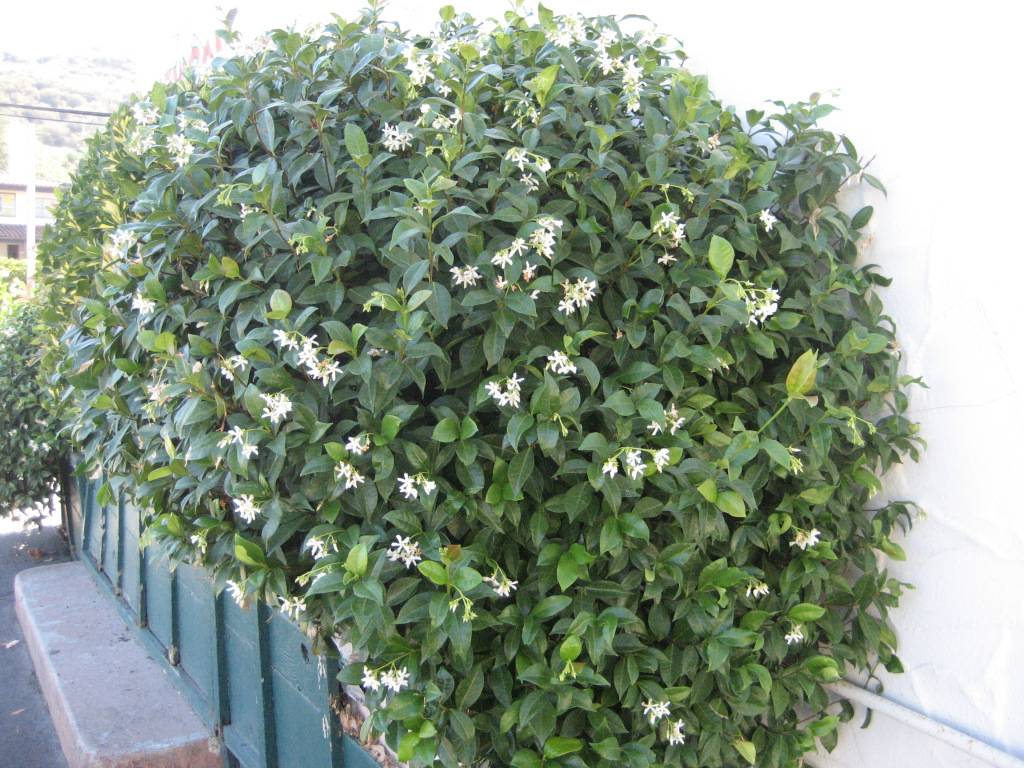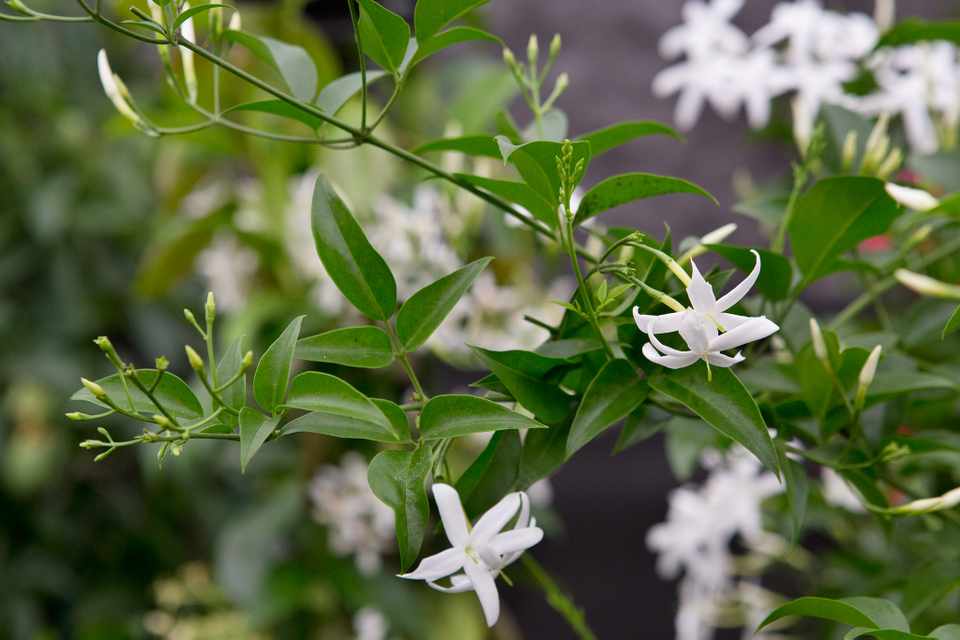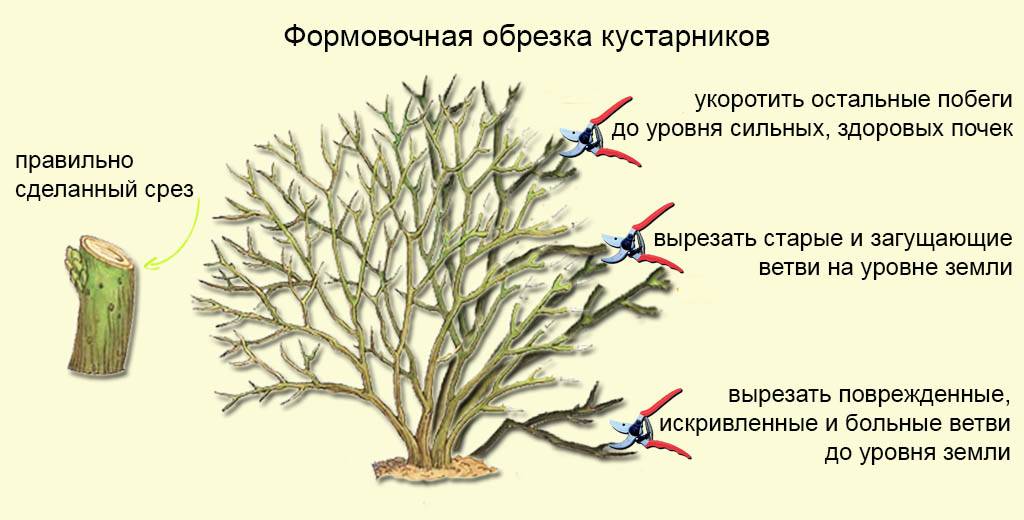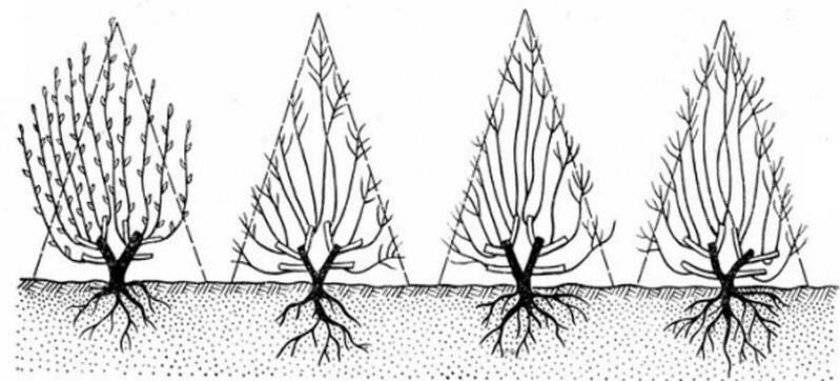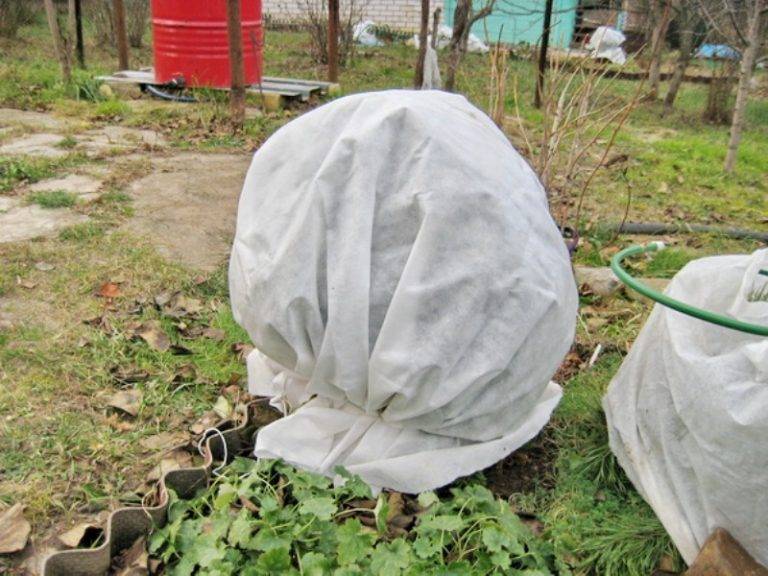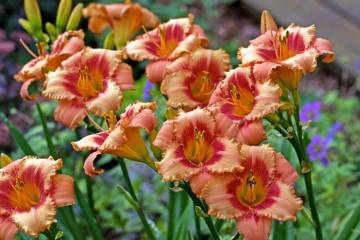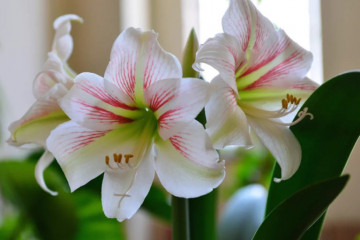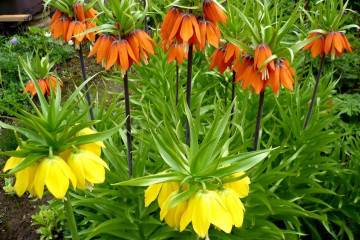Pruning jasmine after flowering and to form a bush
Content:
Garden jasmine is often confused with another shrub common in Central Russia - mock-orange. Both plants bloom in spring and summer with white flowers with a strong sweet scent. Jasmine belongs to the Olive family (Latin Oleaceae), and the mock orange belongs to the Hortensia family (Latin Hydrangeaceae). To get a truly beautiful jasmine bush, you need to know how and when to prune jasmine, as pruning is a significant part of the regular maintenance of your ornamental crop.
Is it possible to cut jasmine and why do it
The shrub requires regular pruning. This allows you to preserve its decorative qualities, which seriously suffer without maintenance. A large number of old trunks and broken branches, not removed in time, do not allow the formation of a beautiful young growth, serve as a source of various infections and an excellent place for pests to settle.
Malformed young growth produces fewer buds than the bush could produce. An uneven crown spoils the appearance of the flower garden, and closely planted bushes that grow together will create a thickened hedge, even if such a task was not there when they were planted. Pruning also has a limiting function, allowing you to maintain the optimum height of the shrub. This is especially important for indoor, home varieties.
When can you cut a mock-orange
If it is the mock-orange that grows in the garden, then the optimal time for pruning it is early spring, when the buds have not started to grow. If the formation of the crown is required in the summer, then it is carried out strictly after the final completion of flowering.
Jasmine takes pruning well, so its shoots can be pruned throughout the growing season as needed. In the spring, the bushes are examined to identify any damage. Before the buds swell, the first formation is carried out. They remove old branches, cut out frozen, broken ones, make rejuvenating pruning for old bushes.
The shrub will significantly increase the volume of the crown over the summer, some of its shoots will be damaged by pests or diseases, all this requires mandatory removal before wintering. This is the main reason for pruning your jasmine shrub in the fall. The dates are planned in advance, since the last feeding of the season is timed to them. You can apply fertilizer a week before pruning or 2 weeks after it. Since jasmine branches are quite fragile, it is not worth tightening with pruning.
The first pruning is carried out immediately after planting the seedlings, whenever this happens. All branches directed deep into the crown are removed. It is best to leave only 3 stems with the largest and strongest buds. Everything else is cut out mercilessly to avoid excessive thickening.
Sanitary pruning of garden jasmine in spring
The traditional month of spring pruning is March. The buds have not yet blossomed, there is no sap flow, so the plant will not weaken.If, for some reason, the procedure did not work out, it is necessary to later cut out all dry branches until the moment when flowering begins.
Due to heavy snowfalls in winter, branches can break. Such shoots must not be removed completely, but only shortened. At the same time, it is important to observe the measure, since by removing too many branches, you may not see lush flowering.
Formative pruning
Once the jasmine is 5 years old, it will need crown formation to produce a beautiful plant. This procedure stimulates the abundant distillation of the buds, giving the bush symmetry.
At any time in the summer, you can carry out crown formation if:
- the bush is too long in height;
- the crown has lost its symmetry;
- the branches are growing too densely.
You need to know how to form a jasmine bush in order to:
- reduce the number of young shoots by half to stimulate the growth of lateral shoots;
- get rid of old branches directed deep into the crown;
- remove elongated processes that spoil the appearance.
A novice gardener will be able to give a shrub a simple geometric shape, and with the advent of experience, get a more complex shape. A step-by-step process for spring or fall formative pruning:
- A young seedling is shortened, leaving only 2-3 buds on the shoots from the soil level.
- In the second year, only the strongest branches are left in the young growth, the rest are cut out.
- The branches that have completed flowering are shortened to a young lower growth, since the buds are formed only on annual shoots.
- The shape is trimmed, removing all unnecessary.
How to form a jasmine bush correctly: schemes
In order not to harm the plant, it is important to properly shorten the shoots. Do not leave shoots at the ends of which there are no buds. This erroneous pruning will cause the long stumps left behind to dry out, becoming a likely source of fungal infections.
Jasmine is an abundant shrub. If allowed to grow freely, it will eventually take on a very unkempt appearance with an extremely small number of flower buds.
There are several important rules for how to trim jasmine:
- shoots at the base of the bush, receding far from the main shoots, must be removed;
- in young bushes, the upper annual shoots are not removed, since they are the basis of the forming crown;
- strong shoots should not be shortened too much, leaving thin ones too long;
- the roots that have knocked out upward in the near-stem circle must be cut out;
- it is necessary to limit the height to a maximum mark of 1.5-2 m, even if the variety is capable of more.
How to prune jasmine after flowering
Various varieties finish flowering at different times. Some bloom in May, and there are those that resume forcing the buds. But pruning jasmine after flowering is a must for everyone.
The inflorescences are cut off, leaving only dormant buds underneath. They do this not only to preserve an attractive crown, but also so that the jasmine does not waste energy on ripening the seeds. Given the abundance of flowering, a lot of seeds can be tied. Along the way, damaged and broken branches are cut out.
Autumn procedure for preparing shrubs for winter
You need to take care of jasmine after the end of the growing season. Autumn is the right time for sanitary, thinning and rejuvenating pruning. Do not wait for frost, as at negative temperatures jasmine branches become brittle.
It is very important to remove not only everything that spoils the appearance, but branches damaged by pests and diseases. There will be no buds on branches older than 5 years, so they cannot be left either. Cut out the growth that is too far behind the bush.
Before wintering, water-charging watering is carried out in order to saturate the roots with moisture. Do it 2-3 weeks before stable frosts. To protect the roots from frost, the soil under the jasmine is mulched with sawdust, peat, needles (a layer up to 20 cm thick). Instances younger than 3 years old are wrapped with agropanel and tied.
How to rejuvenate an old jasmine bush
If the bush has branches older than 5-6 years, then in late autumn you need to rejuvenate it. All shoots are removed, except for the 5-6 youngest and strongest, 50-60 cm long. The cuts are coated with garden pitch. For work, a pruner or lopper is suitable. The optimal cut is at an angle of 45-50 ° to the shoot, which reduces the likelihood of rotting.
Plant care after pruning
Caring for jasmine after flowering and pruning consists of preventive treatments against diseases and pests, as well as top dressing. In order for the bush to please with abundant growth and flowering, phosphorus-potassium dressings are applied along with watering every 10 days. Sometimes they are alternated with organic fertilization, but not earlier than 2 weeks after pruning.
After the fall of pruning, it is important to remove all unnecessary: not only cut branches, but also fallen leaves. All this mass is burned. For insulation, fresh mulch is poured. This is the only way to prevent the overwintering of spores of pathogenic fungi and pest larvae under the bushes.
Even for those gardeners who have never grown jasmine, caring for it will not be difficult. It is difficult to destroy it by inept handling, because the plant is distinguished by its rapid growth. With experience, each subsequent pruning will turn out better, and the bush will look truly great.
